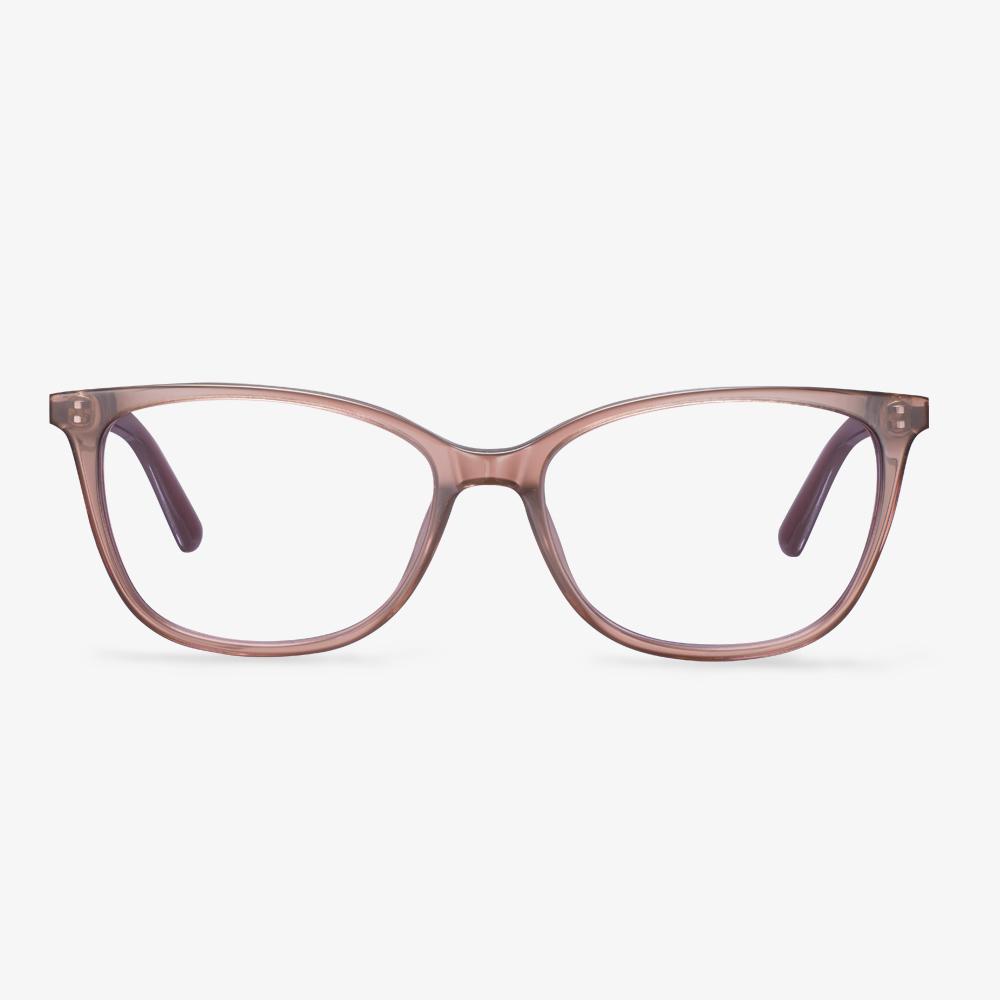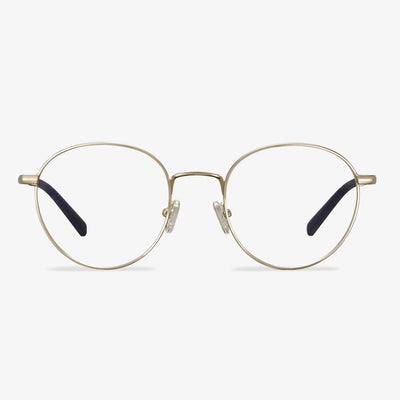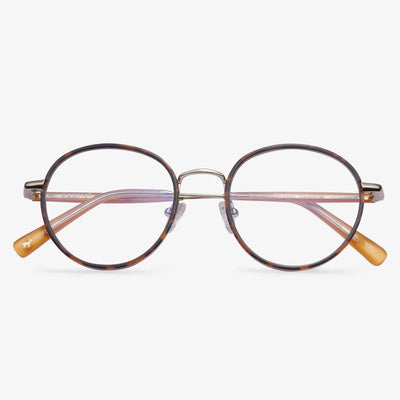What should drivers notice when wearing polarized glasses?
Many drivers like to wear polarized lenses. Indeed, the polarized lens can reduce strong light, eliminate glare, so that the line of sight is natural and soft, but the polarized lens is more suitable for fishing, skiing, and other large areas of the reflective environment. Drivers sometimes have to face the tunnel and another dark scene, the polarized lens is easy to make people suddenly feel dark at the moment. In addition, polarized lenses can make LCD screens and LED traffic lights dim. Therefore, when choosing polarizers, it is best to choose good quality optics, and when going through the tunnel, it is best to take off your glasses ahead of time and blink a lot. Before wearing the driver polarizing lens, try it on and observe whether the polarizing film of the lens is smooth. If the polarizing film is uneven, there will be inflow in the imaging, which may lead to visual fatigue and migraine.
Choose clear glasses with the right materials for kids.
A critical point for children to choose frames is to think about the weight, to avoid wearing for a long time, or they will be uncomfortable, unstable, easy to slip. It is recommended to choose an ultra-light plate or TR90 lens frame, which has good chemical properties, good thermal stability, with no deformation, good recovery, and no side effects, lightweight, and convenient material.
Lunor - Glasses For Men
Many of Lunor's metal frames are made from high-quality titanium, gold, and stainless steel. In addition to the special process of making titanium, all-metal frames are made by hand in a factory in Germany, fully reflecting the craftsmanship and thought behind the production of the brand. The texture and professional demeanor of the glasses are strong. The brand is very good at combining classical and modern. What we can see is that the nose pad and the frames are made of pure titanium, so there's no allergic effect.
What's the use of color-changing lenses?
Photochromic lenses are lenses that are transparent indoors (not unlike our usual lenses) but darken when exposed to ultraviolet light. When no longer exposed to ultraviolet light, the lens will return to its original transparent state under the influence of ambient temperature. Color-changing lenses provide UV protection. It can provide adequate eye health protection, reducing exposure to sunlight. And it can reduce the risk of cataracts or other eye diseases. People who wear glasses, only need to have one pair of glasses indoors and outdoors in the sun, and they do not need to change glasses frequently.
Why are acetate frames so unique?
The production of acetate frames can be realized in various colors and patterns without painting the frames. The layering of acetate fiber brings varying degrees of transparency and patterns to the spectacle frame. Then this beautiful design makes acetate sheet glasses a more ideal choice than ordinary plastic spectacle frames.
Benefits of wearing blue light blocking glasses
-
Use blue light blocking glasses to relieve eye discomfort.
Excessive use of the device can cause computer vision syndrome or digital eye fatigue. Glasses with blue light filtering technology can enhance your concentration and reduce eye fatigue, thereby making your eyes feel less tired and improving work efficiency. Another way to reduce eye strain is to ensure that you stay away from the screen regularly.
-
Sleep better with blue light blocking glasses
One of the more surprising effects of touching the screen is that it may have a negative effect on sleep patterns. Blue light has a high energy frequency, which can increase alertness and delay the body's release of melatonin, which helps induce sleep. Generally speaking, we should all avoid using Blu-ray devices one to two hours before going to bed. Anti-blue light glasses can reduce the impact of blue light, allowing you to use your device before going to bed and still have a good night's sleep. However, the best option is to put down the screen before going to bed.
-
Reduce the possibility of AMD
Age-related macular degeneration (AMD) is the main cause of blindness. Anti-blue light lenses can help avoid or delay this situation by preventing blue light from affecting your eyes.
Computers, TVs, mobile phones, and tablets all emit blue light. Even with long-term exposure, the blue light emitted by these devices may not be enough to cause damage to the eyes or vision. However, further research is needed to confirm whether the blue light emitted from these devices is harmful. Experts are also uncertain whether blue light glasses can help symptoms associated with increased screen exposure. Ophthalmologists suggest that eye fatigue, headaches, and lack of sleep may be related to computer vision syndrome, rather than blue light exposure. For eye health, wearing blue light blocking glasses is not enough, we still have to develop good eye habits.
Why do glasses with the same prescription feel different?
The style of the frame has changed. The structure of the new glasses and the old glasses (half-frame, rimless, full-frame) may be different, and the angle of the glasses may also be different, which will cause visual differences and the symptoms of dizziness after wearing the new glasses. If you used to wear rimless glasses or half-rim glasses before and switch to full-frame glasses, you will feel that his field of view is limited and you will feel a little uncomfortable when you see the edge of the frame. If you wear full-frame glasses before, you will feel the edge of the lens when you change to half-rim glasses. It's too bright to adapt. There is another situation, changing from a frame with a nose pad to a frame without nose pads. Because the distance between the lens and the eye has changed, the position of the nose pad has also changed, which directly affects the relative position of the optical center and the pupil, as well as the distance from the back vertex of the lens to the cornea, which naturally affects the visual difference. In this case, you can fine-tune the nose pads, or after a short-term adaptation, you can generally return to normal.


















































